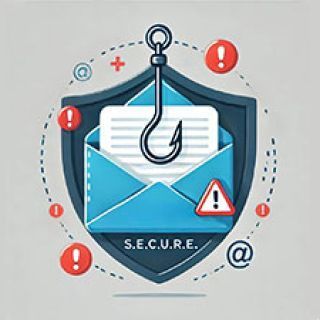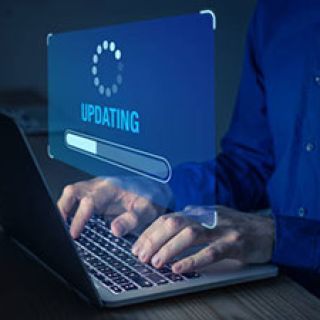Continuing on from our previous blog post, we're answering one of the most common questions we get from new prospective clients: "What do you charge for your IT services?" In the last blog posted, we discussed the most common models - break-fix and managed IT. In this post, we'll discuss the actual fees.
The price ranges provided are industry averages based on a recent IT industry survey conducted by a well-known and trusted independent consulting firm, Service Leadership, that collects, analyzes and reports on the financial metrics of IT services firms from around the country.
We are providing this information to give you a general idea of what most MSPs and IT services charge and to help you understand the VAST DIFFERENCES in service contracts that you must be aware of before signing on the dotted line. Please note that the actual price is not what's most important but instead what you are getting for your money. There are a lot of ways "cheaper" IT firms hide the true cost of their fees, and the lowest bidder might actually end up costing you a lot more than you bargained for.
With that in mind, here are the fee ranges for IT services and IT support for small businesses from Bangor to Boston:
Hourly Break-Fix Fees: Most IT services companies selling break-fix services charge between $150 and $250 per hour, with a one-hour minimum. In some cases, they will give you a discount on their hourly rates if you purchase and pay for a block of hours in advance.
As we discussed, this approach works best for microbusinesses that are not hosting or processing client data that is considered "sensitive," such as health records, financial information like credit cards, Social Security numbers, etc., and that have very simple IT. This is definitely not the approach a growing business with five-plus employees would want to choose.
Project Fees: If you are getting an IT firm to quote you for a onetime project, the fees range widely based on the scope of work outlined and the complexity of the project. If you are hiring an IT consulting firm for a project, I suggest you demand the following:
- A detailed scope of work that specifies what "success" is. Make sure you document what your expectations are in performance, workflow, costs, security, access, etc. The more detailed you can be, the better. Clarifying your expectations up front will go a long way toward avoiding miscommunications and additional fees later on to give you what you REALLY wanted.
- A fixed budget and time frame for completion. Agreeing to this up front aligns both your agenda and the consultant's. Be very wary of hourly estimates that allow the consulting firm to bill you for "unforeseen" circumstances. The bottom line is this: it is your IT consulting firm's responsibility to be able to accurately assess your situation and quote a project based on their experience. You should not have to pick up the tab for a consultant underestimating a job or for their inefficiencies. A true professional knows how to take into consideration those contingencies and bill accordingly.
- An agreement for scope changes and bug fixes. Many companies will appear to have a great project price, but then EVERYTHING is a scope change. Or, they get the project built without thoroughly testing it, and then charge for all of the bug fixes. These things should be clearly spelled out in the scope of work. A window should be provided for bug fixes that are included in the scope of work, and a clear definition of scope change vs bug fix to ensure you do not get nickel and dime(d), or have a project failure.
Managed IT Services: Most managed IT services firms will quote you a MONTHLY fee based on the number of devices, users and locations they need to maintain. The average fee per user (employee) ranges from $80 per month to $300 per month - and those fees are expected to rise due to constant inflation and a tight IT talent labor market.
Obviously, as with all services, you get what you pay for. "Operationally mature" MSPs typically charge more because they are far more disciplined and capable of delivering cyber security and compliance services than smaller, cheaper-priced MSPs.
They also include CIO (chief information officer) services and dedicated account management, have better financial controls (so they aren't running so lean that they are in danger of closing their doors) and can afford to hire and keep knowledgeable, qualified techs vs. junior engineers or cheap, outsourced labor.
To be clear, I'm not suggesting you have to pay top dollar to get competent IT services, nor does paying "a lot of money" guarantee you'll get accurate advice and responsive, customer-centric services. But if an MSP is charging on the low end of $80 per employee or less, you have to question what they are NOT providing or NOT including to make their services so cheap. Often they are simply not providing the quality of service you would expect and are leaving out critical security and backup services that you definitely want to have in place.
Are you done with ongoing IT problems, downtime and ineffective systems? Then it's time you gave us a call and let us deliver the responsive, quality IT support you want with friendly, US-based techs who are both knowledgeable and easy to work with.
Schedule your free initial consultation with one of our senior advisors by calling us at (207) 300-2300 or going to https://www.dpcco.me/discoverycall/.
On this call, we can discuss your unique situation and any concerns you have and, of course, answer any questions you have about our services and how we might be able to help you. We are also happy to provide you with a competitive bid.
Justin Donnaruma
January 10, 2024




